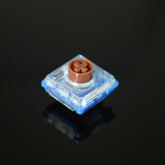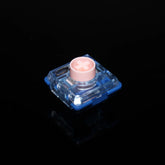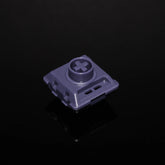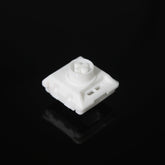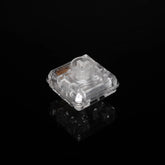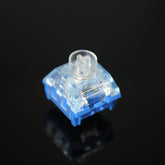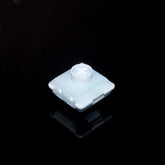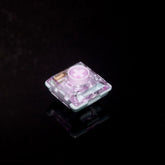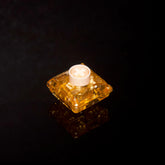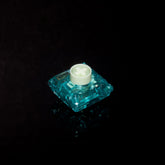Preventing Tendonitis: Have You Chosen the Right Keyboard Switch?
For those who spend long hours typing, issues like mouse hand, tendonitis, and carpal tunnel syndrome have become common occupational hazards. To protect your hands and prevent injury, it’s crucial to focus not just on the weight of the keyboard switches but also on their bottoming hardness and impact.
Understanding the Impact of Switch Hardness
When typing extensively, the type of switch you use can significantly affect your hand health. A switch that is too hard can cause discomfort and even lead to tendonitis. If the bottoming out of the switch is harsh, your fingers can quickly become numb, and your wrist may start to hurt, potentially leading to chronic issues. This can result in serious problems even if your hands feel fine now—chronic strain from switches with harsh bottoming can become apparent months or even years later.
Tips for Dealing with “Keyboard Jitters”
1. Check Your Stabilizer Plate
If your keyboard has a steel stabilizer plate, consider replacing it with a PC stabilizer plate. Make sure to research your keyboard model to see if it can be disassembled easily. Many mechanical keyboards can be modified at home. Replacement parts and tools are available at affordable prices online.
2. Opt for the Right Switches
After replacing the stabilizer plate, experiment with different switches. The G White Pro 3.0 Dual-Stage switches are highly recommended for a better feel. Ensure that you choose the 3.0 dual-stage variant. For long typing sessions, the G White switches are preferable. If you need a lighter touch, consider springs with a 32g or 28g weight.
The G White switches offer a soft bottoming out experience, making typing feel like your fingers are cushioned, thus enhancing comfort and reducing strain.
Additional Tips
-
Use a Wrist Rest
This is crucial for supporting your wrist and alleviating strain. -
Employ Elastic Bands or Wrist Braces
These tools can help reduce wrist pressure and further prevent injuries.






